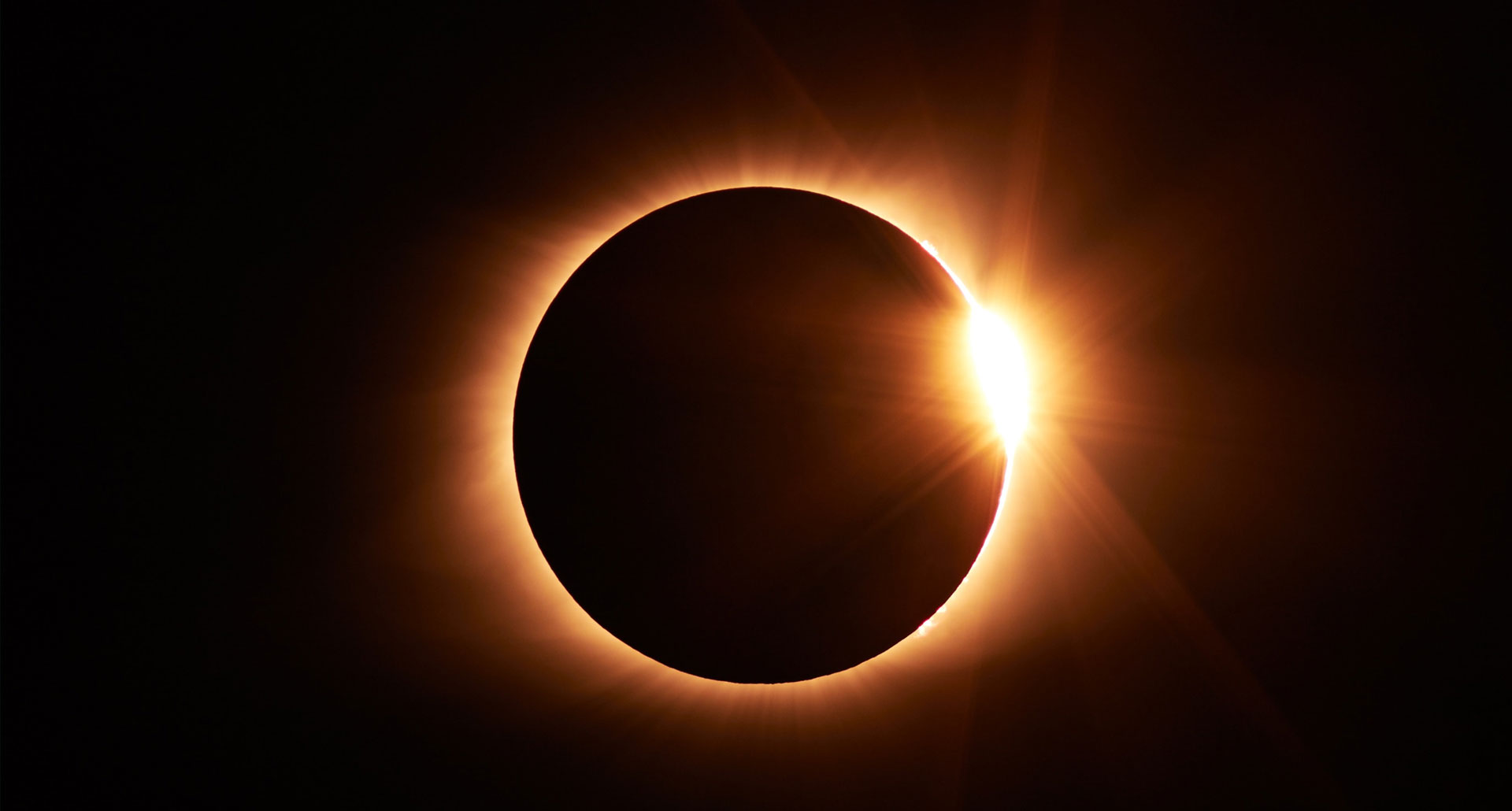Year after year, eclipse chasers traverse the globe in pursuit of a high that only comes from witnessing one of the universe’s most mesmerizing events.
I’ve seen a total solar eclipse and I can tell you, it was spooky. The temperature dropped. The sun cast odd crescent shadows. The cows huddled together and, as if by unanimous vote, all at once stopped mooing. And then, just as everyone said it would, day turned to night.
No question, I’m dying to see one again, but my feelings fall more on the wow end of the spectrum, whereas for eclipse chasers — a globetrotting group of orbital obsessives — it leans toward the life changing. “During a total solar eclipse,” cartographer Michael Zeiler proselytized, “you see the solar system moving in real time.” He continued, “You’re lifted out of the Earth and sense that we’re part of a bigger universe.” For the uninitiated, it may seem as if all eclipses are essentially the same. But devotees like Zeiler are quick to clarify that each eclipse is a unique visual feast. And for the chasers, they are worth a lifetime of journeys to witness.

It’s important to understand that we’re talking about the total solar eclipse, and we’re talking about seeing it from the path of totality. A total solar eclipse turns day to night. Or at least a uniquely eerie version of night, revealing stars in the sky without going pitch black. A partial solar eclipse — well, doesn’t. If you don’t get yourself to the exact right location for an eclipse, you’re stuck in the partial zone. And take the word of Hakeem Oluseyi, astrophysicist: “The difference between being off the line of totality and on it is like the difference between seeing a lightning bug and lightning.”
The chasers do everything they can for totality. Some call the experience otherworldly, gripping, even psychedelic. It’s enough to make me feel like I didn’t relish my one eclipse enough. To remind you, my verdict was “spooky.” Then again, the chasers take the experience like a drug. They don’t just love it; they’re instantly and permanently hooked. And like any junkies, there’s no satiating them. Some have seen five, ten, 15 total solar eclipses in their lifetimes. The record is 27. By some accounts a thousand of these umbraphiles exist worldwide, organizing their lives — in particular, their vacation time — around getting to an eclipse. No matter the cost, no matter the location.
One woman, in the midst of chasing her fifth eclipse with her mother, says that in an eclipse “time stands still and it’s like every emotion you’ve ever had exists in that moment.”

As Michael Zeiler explained, each of these ancient and ineffable celestial events is different. It’s a new show every time, the corona flaring and contorting into shapes specific to the day. If you think those subtleties would evade you, there’s also the many different ways to watch an eclipse — on a cruise, from a mountain summit, at a 30,000 strong festival — or, perhaps less desirably, on the side of the road from your car.
That’s another factor that keeps the chasers chasing: your plans are subject to clouds. Weather is the enemy. Zeiler found himself huffing to Vienna when the forecast looked cloudy in Munich the night before, parking the car just in time to catch it. Another story tells of a woman who took nine tries to catch her first unobstructed view. There’s a reason they’re called “chasers.” And also why they bring champagne.
From my perch at the Amangani hotel in Jackson Hole in 2017, I caught one. The cows and I reveled in the bizarre cosmic coincidence and I glimpsed the feeling that some spend the rest of their lives chasing. But even as more of a social eclipse user than an addict, I still have to agree with a sentiment from famous astro-pusher David Baron: “You owe it to yourself to experience a total solar eclipse.”
Whether or not you end up addicted depends on your disposition. And there’s only one way to find out.
If you do want to find out, solar eclipses go over parts of South America in 2019 and 2020 (including Pucón, Chile) before North America’s next solar eclipse in 2024. Montreal and Dallas are the largest cities in the path of totality.

